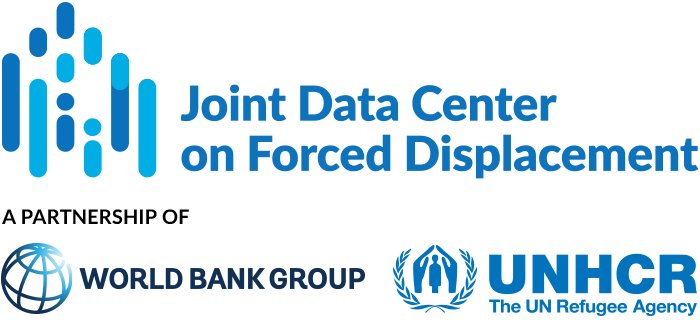This paper examines the short-term effects of Venezuelan migration on wages and employment of native workers in Colombia. Between 2015 and 2019, Colombia received around 1.8 million displaced Venezuelans, increasing the country’s population by almost 4 percent....
JDC Literature Review
Unexpected guests: The impact of internal displacement inflows on rental prices in Colombian host cities
The article examines the impact of IDP inflows on rental prices in Colombian cities. Even before the peak of the internal displacement crisis in the early 2000s, Colombia already had large housing deficits in urban areas. IDPs may affect the housing market in several...
Is a refugee crisis a housing crisis? Only if housing supply is unresponsive
This paper examines the impact of Syrian refugee inflows on housing expenditures and incomes in Jordan. The 2015 Jordanian Housing and Population Census identifies 1.3 million Syrian refugees in the country, of whom approximately 650,000 were registered as refugees....
Do Gender Norms Become Less Traditional with Displacement? The Case of Colombia
Between 1997 and 2018, more than 6 million people in Colombia were forcibly displaced, affecting 90 percent of the country’s municipalities. This paper examines the effect of internal displacement on gender norms in Colombia, including norms relating to reproductive...
The Risk that Travels with You: Links between Forced Displacement, Conflict and Intimate Partner Violence in Colombia and Liberia
This paper investigates the links between conflict, forced displacement and IPV in two different conflict-affected settings: Colombia and Liberia. Both countries are affected by a history of long-running civil conflict, displacement, and high levels of societal...
Intimate partner violence against women on the Colombia Ecuador border: a mixed-methods analysis of the liminal migrant experience
Research has shown that women who experience conflict and displacement are at higher risk of intimate partner violence (IPV). This paper investigates the experiences of displaced Colombian women living in the border regions in Ecuador, and explores how their social,...
Marriage outcomes of displaced women
This paper examines the marriage outcomes of displaced women. Early marriage has been shown in the literature to have detrimental effects on women by lowering educational attainment and increasing fertility rates. The authors document marriage patterns among displaced...
Moving with risk: Forced displacement and vulnerability to hazards in Colombia
This paper examines the social and spatial processes through which IDPs in Colombia become exposed to environmental hazards in settlement locations. Environmental hazards encompass threats stemming from the physical environment, such as landslides, floods and fire....
Give me your tired and your poor: Impact of a large-scale amnesty program for undocumented refugees
This article examines the labor market impacts of the Permiso Especial de Permanencia (PEP) granted to nearly half a million undocumented Venezuelans in Colombia in August 2018. PEP is a resident visa (renewable every two years) that permits the holder to work and to...
Economic Transfers and Social Cohesion in a Refugee-Hosting Setting
This paper examines if a transfer program targeted to Colombian refugees and poor Ecuadorians in urban and peri-urban areas of northern Ecuador resulted in changes in measures of social cohesion. The program was a short-term cash, food, and voucher program paired with...


